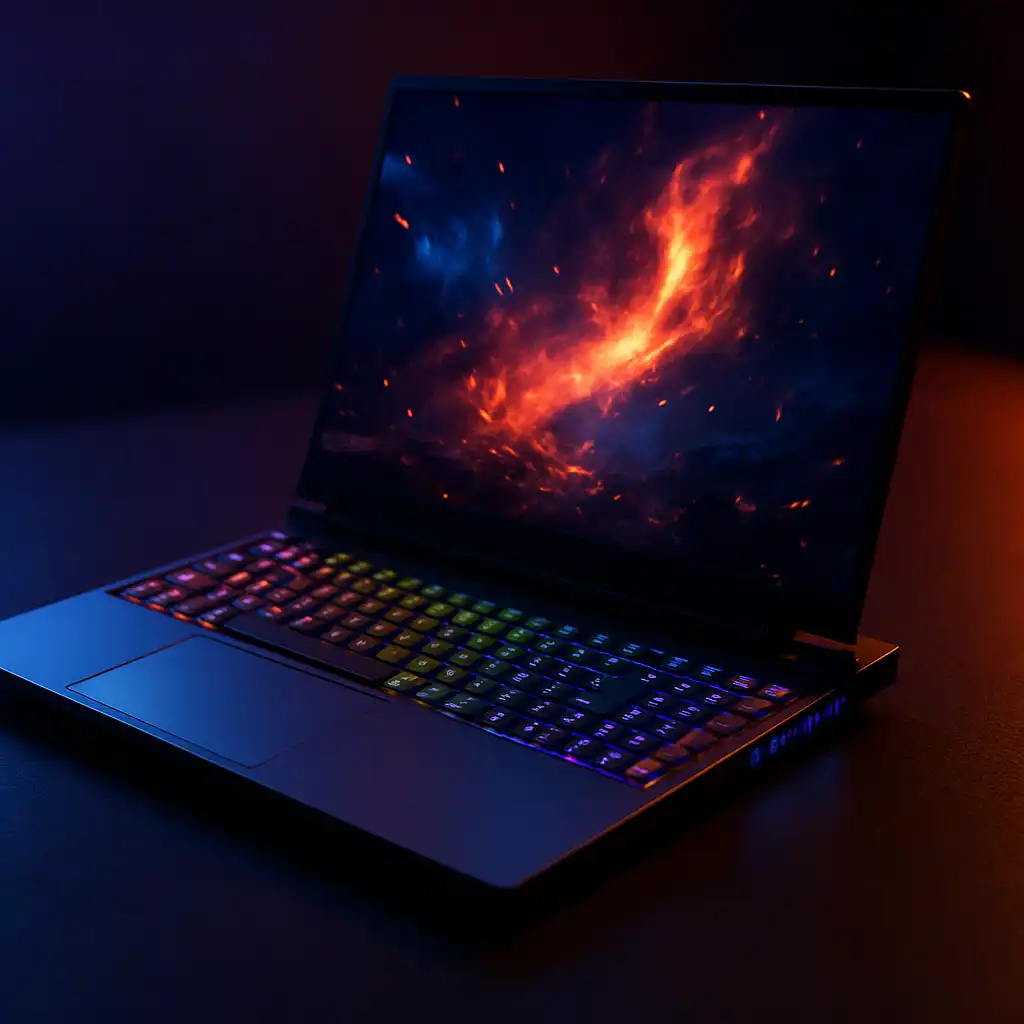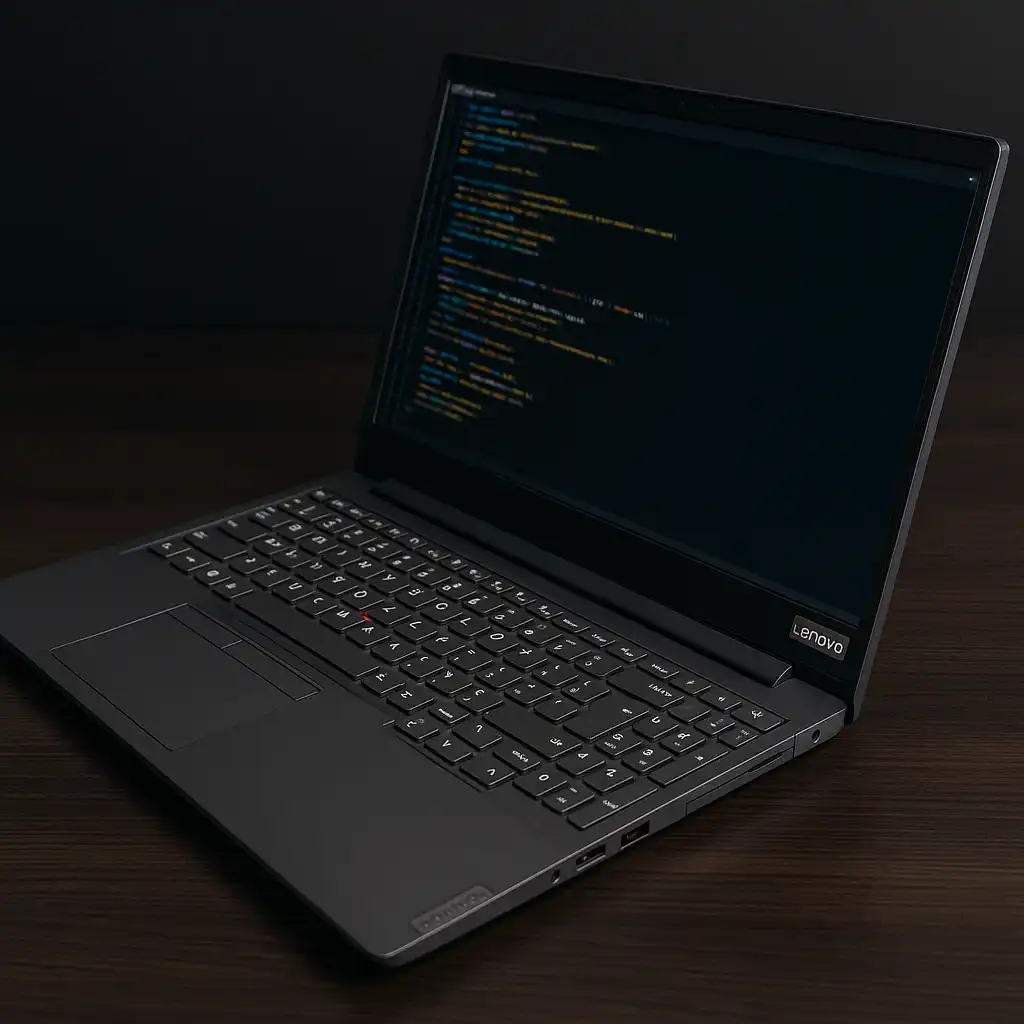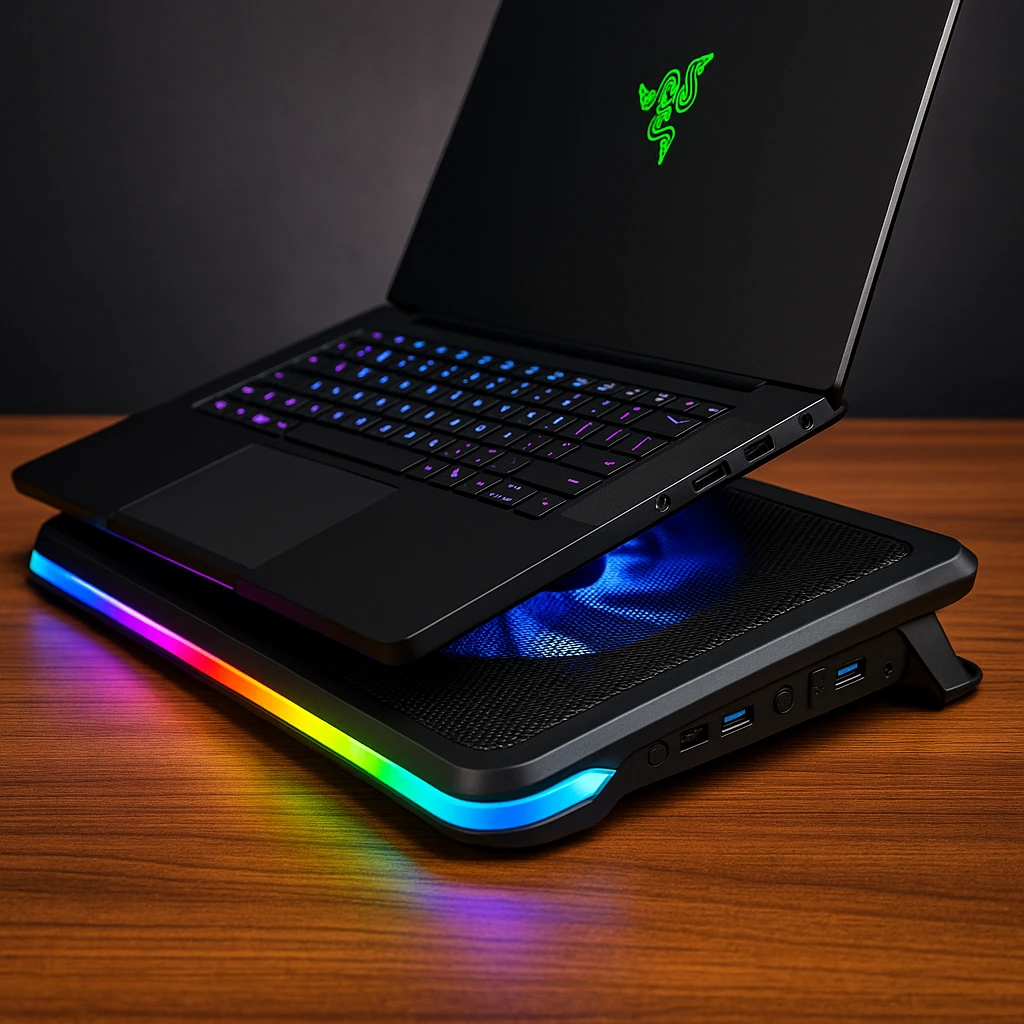Dell Inspiron vs Latitude vs XPS: Key Differences Explained for Everyday Buyers
Disclosure: This post contains affiliate links. LaptopVoyager.com participates in the Amazon Associates Program and may earn commissions on qualifying purchases, at no extra cost to you.
When choosing a Dell laptop, you’ll notice three main categories: Inspiron, Latitude, and XPS. Each one is designed for a specific type of user, whether you’re a student, a business professional, or a creative worker needing serious power. Understanding how they differ can help you avoid wasting money on a model that doesn’t fit your daily needs.
Let’s explore what really separates these series based on user feedback and general usage insights.
Performance Differences: Basic Workloads or Heavy Tasks?
The Dell Inspiron series is your entry-level option. Many students and casual users pick these laptops for tasks like web browsing, document editing, and video streaming. They typically come with Intel i5 or Ryzen 5 processors and integrated graphics. Inspirons handle day-to-day multitasking fine, but they’re not made for demanding work.
Next up, Dell Latitude laptops are business-focused. According to buyers, they’re built for professionals running multiple apps and tools throughout the workday. Expect stronger processors (often i5 or i7), better thermal management, and features like hardware encryption for added security.
If performance matters most, the Dell XPS series leads the pack. These laptops often run Intel i7 or i9 chips, with some models including discrete GPUs. Users often choose XPS laptops for tasks like content creation, photo editing, and video production due to their power and speed.
Everyday Usability: Which Feels Better in Daily Use?
For casual users, Inspiron laptops are simple and straightforward. They’re lightweight, easy to carry around, and good for students, remote workers, or anyone who needs a basic work tool without extra features.
Latitude models are a common choice for office workers and corporate setups. Many users appreciate their reliable connectivity, long battery life, and professional security features. If you’re constantly working between home and the office, Latitude laptops hold up well.
Meanwhile, XPS laptops focus on a blend of high-end performance and a premium design. Their slim, stylish build makes them popular among digital creators, freelancers, and professionals who want both power and looks in one device.
Design & Build Quality: Budget Plastic or Premium Aluminum?
The Dell Inspiron series sticks to practical designs. Expect plastic builds and basic styling—nothing fancy, but good enough for everyday life.
Latitudes take durability seriously. Many models are built with reinforced materials, spill-resistant keyboards, and a focus on ruggedness. These laptops are designed for long-term office or field use.
On the other hand, Dell XPS laptops are crafted from aluminum and carbon fiber. Thin bezels, vibrant screens, and lightweight construction give them a modern, premium feel. Users often describe them as some of the best-looking Windows laptops on the market.
Long-Term Value: Which One’s Worth the Money?
If you’re watching your budget, Inspiron models offer the best value for basic needs. They’re ideal for light multitasking without stretching your wallet.
Latitude laptops are an investment in work reliability. Many professionals report using them for years, making them a smart choice for heavy business use.
If you want a future-proof, high-performance machine with top build quality, XPS models justify their higher price tag. According to many owners, they remain fast and capable long after purchase.
Conclusion
Choosing between Dell Inspiron, Latitude, and XPS really depends on your daily needs. Inspiron is best for students and light users. Latitude suits professionals who need reliable work machines. XPS is ideal if you want sleek design paired with powerful performance for creative or professional work.







